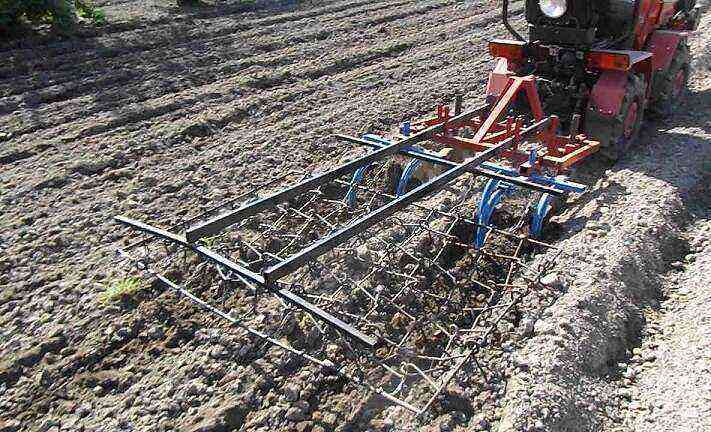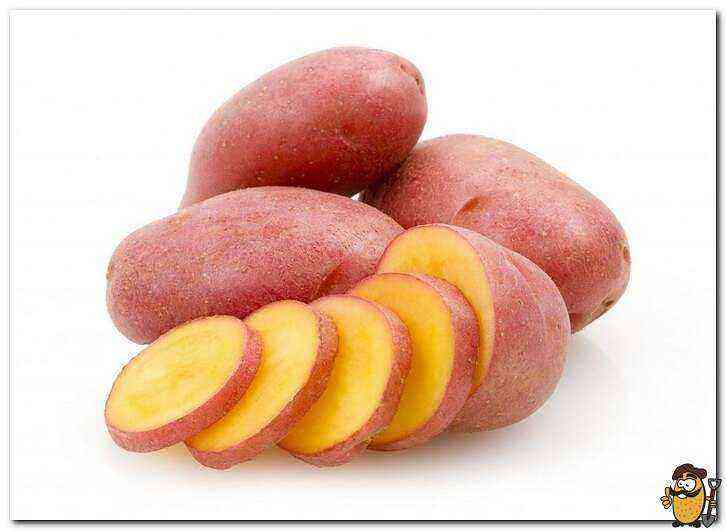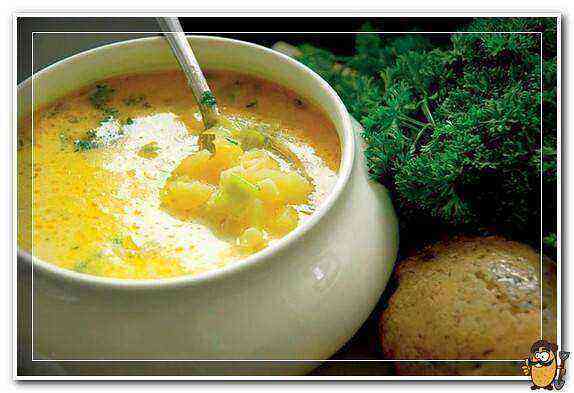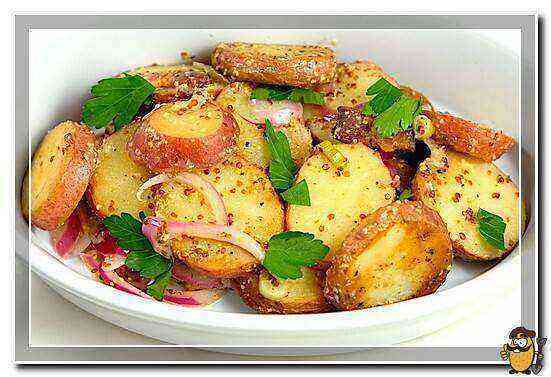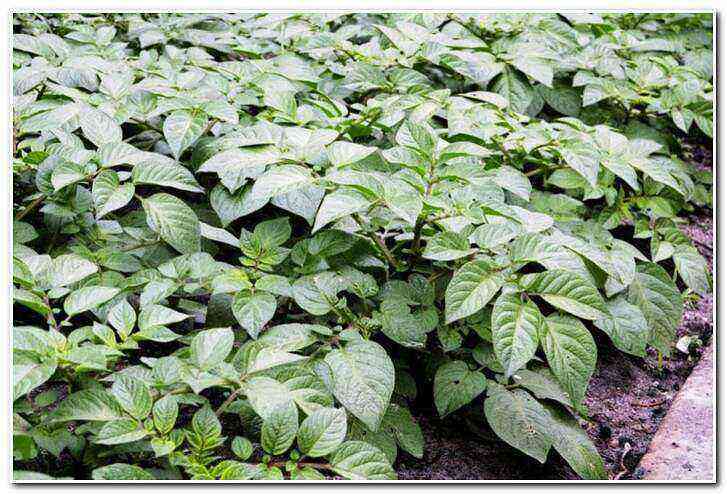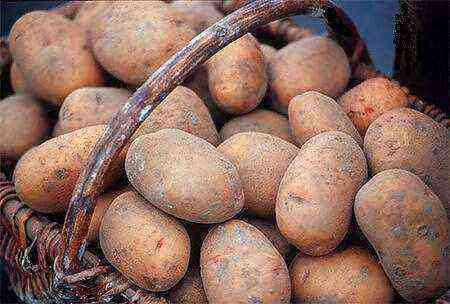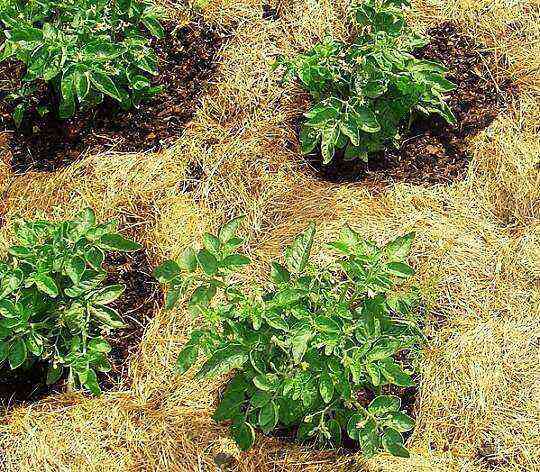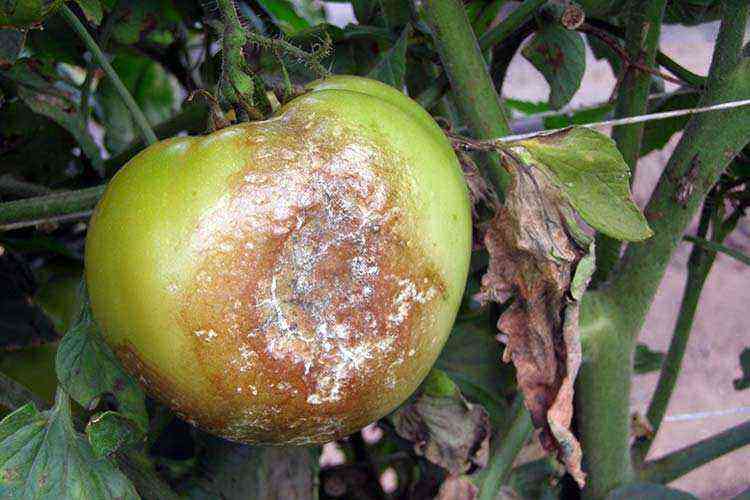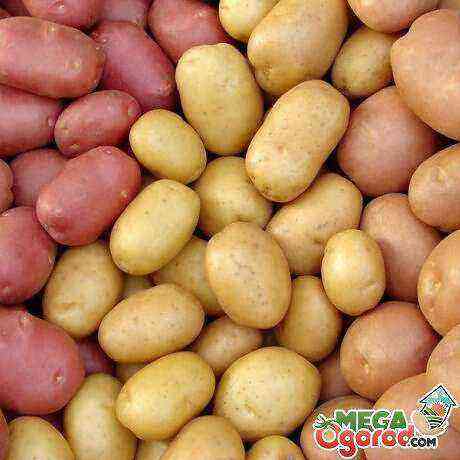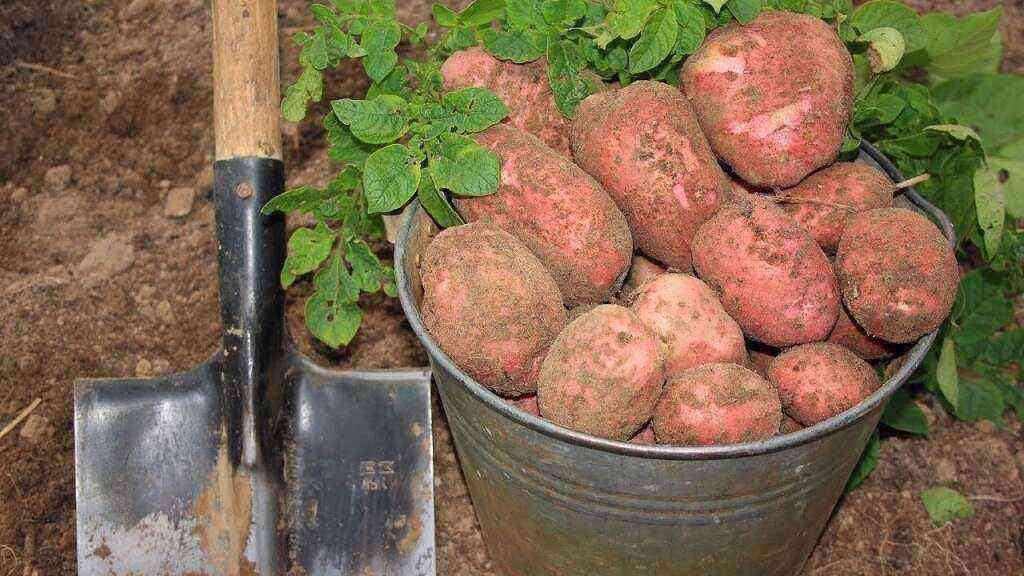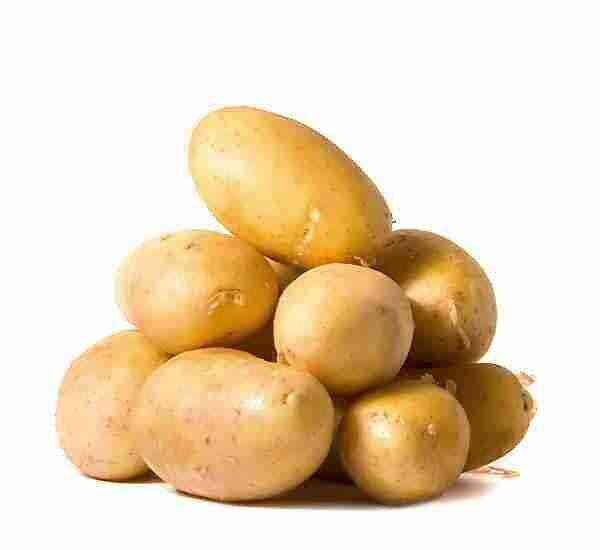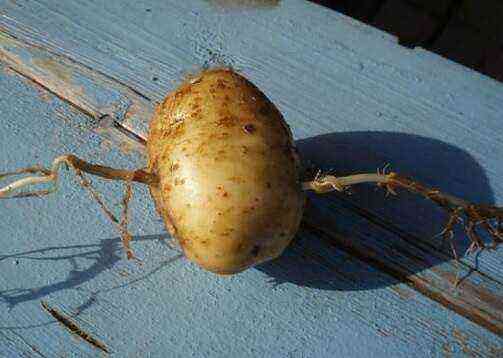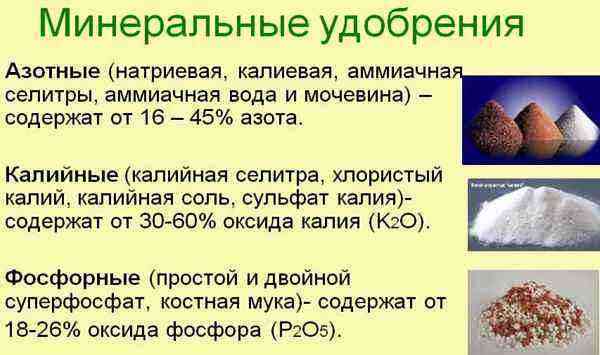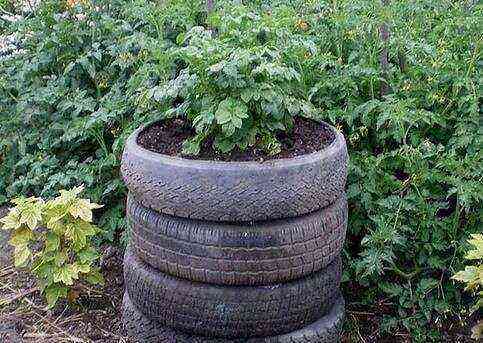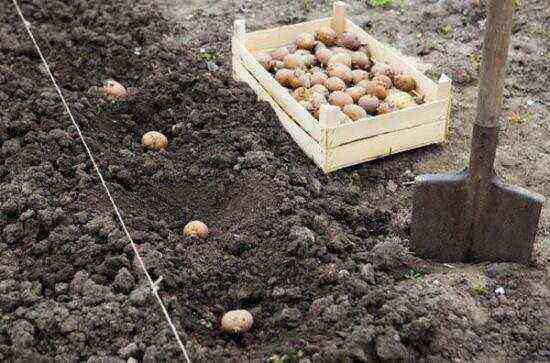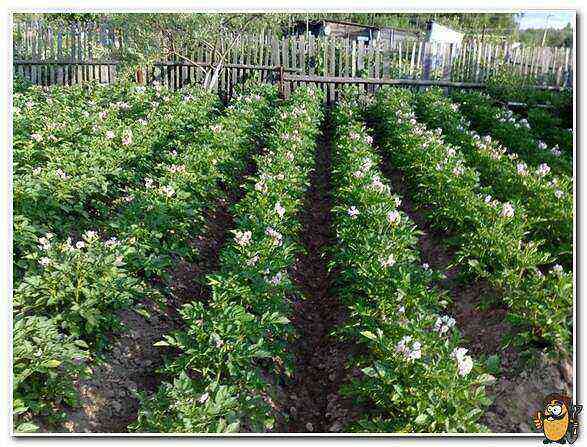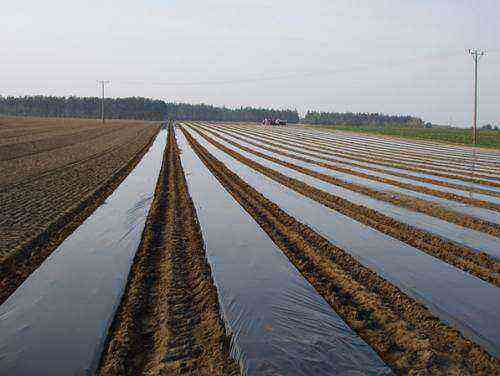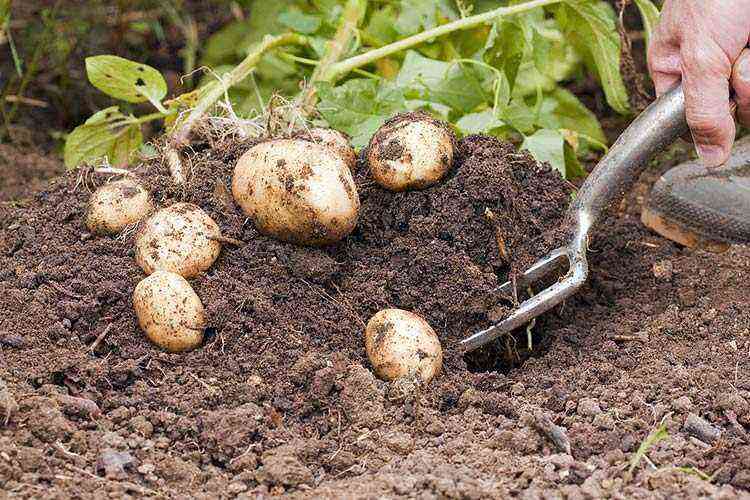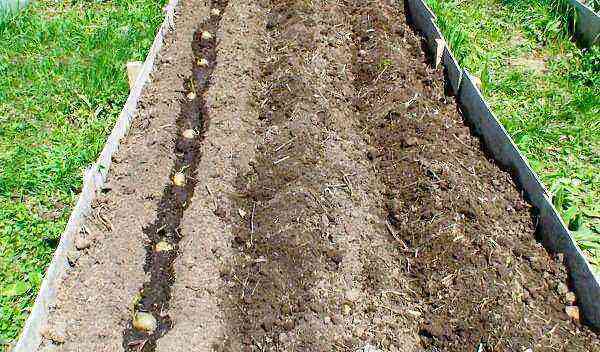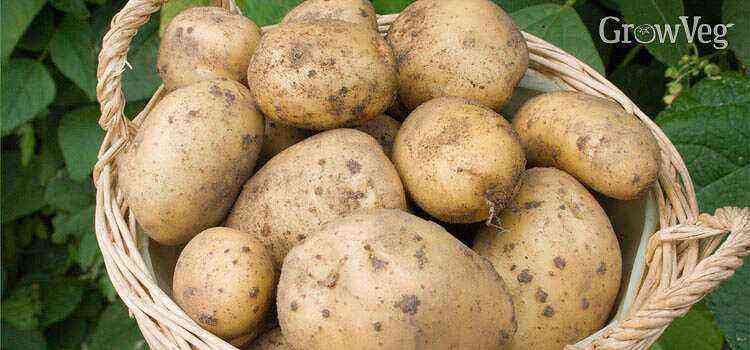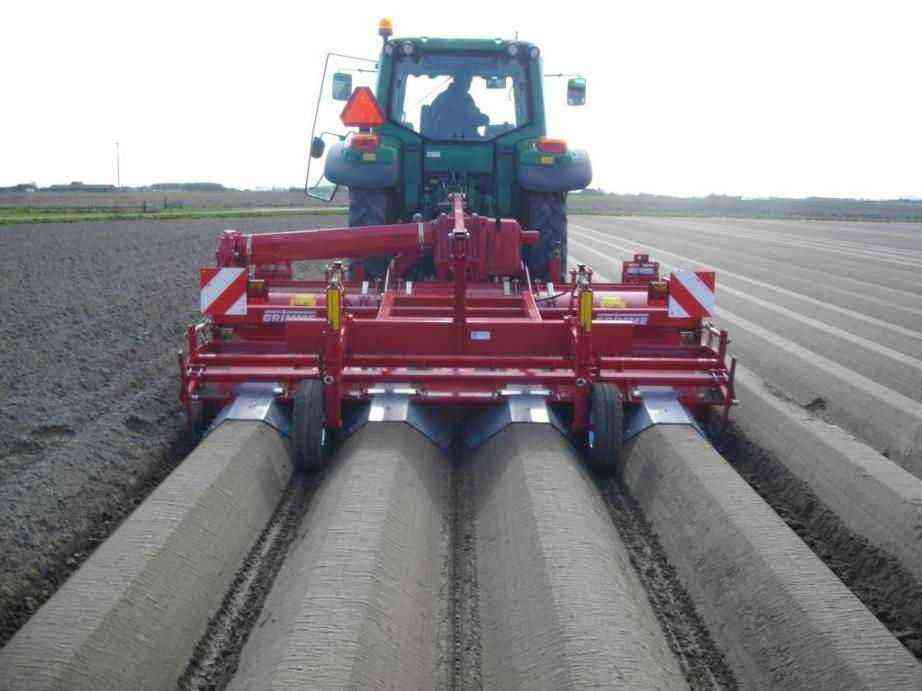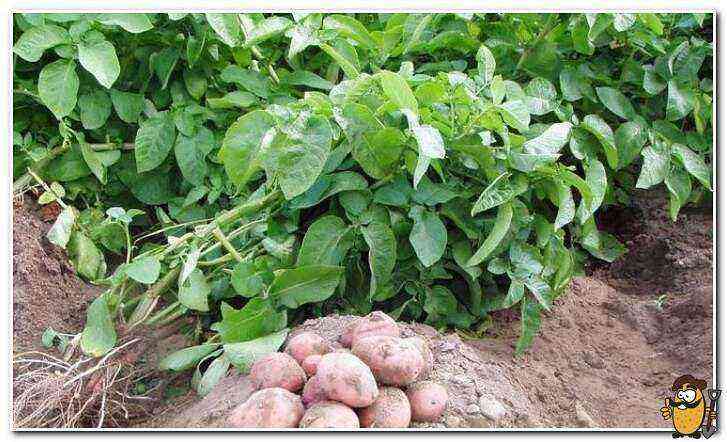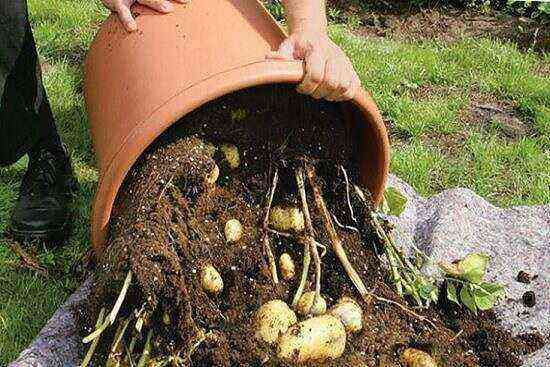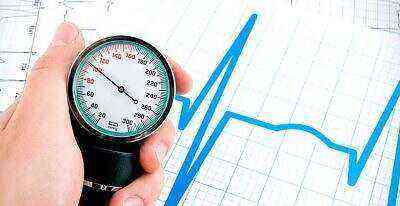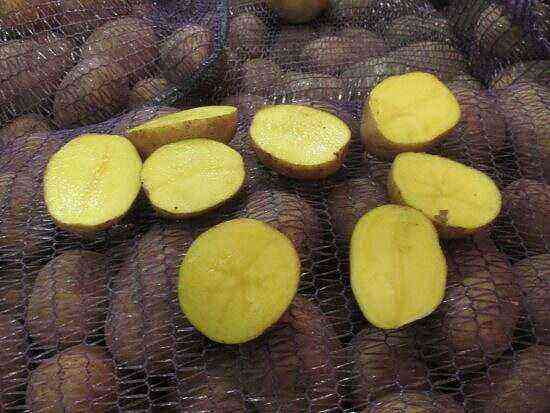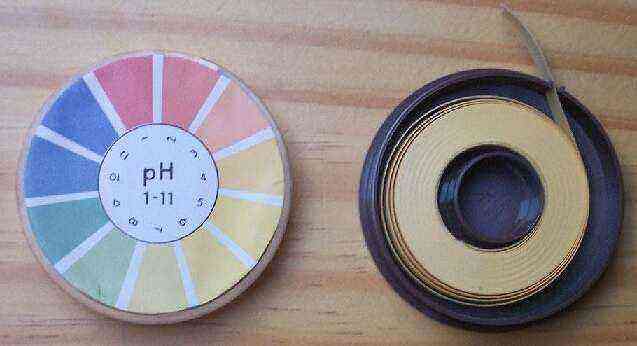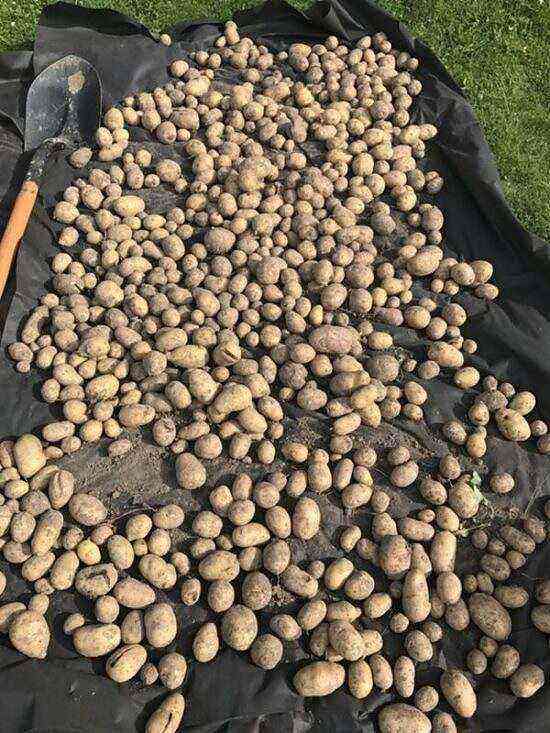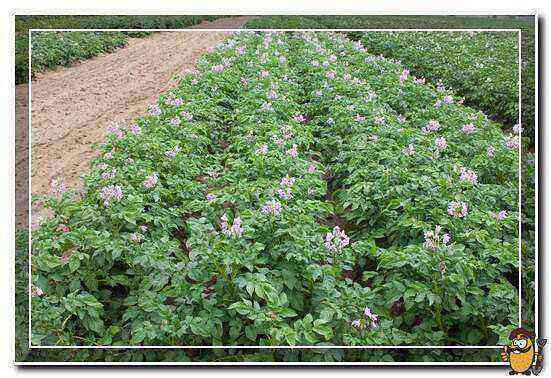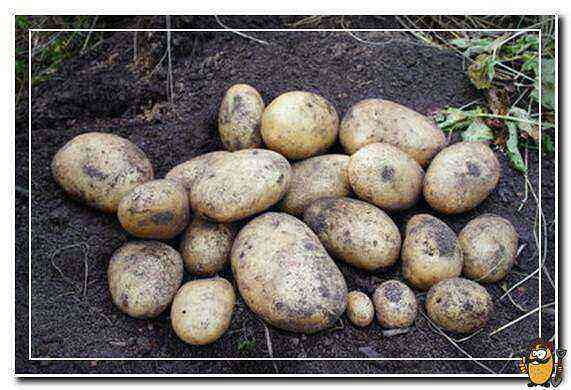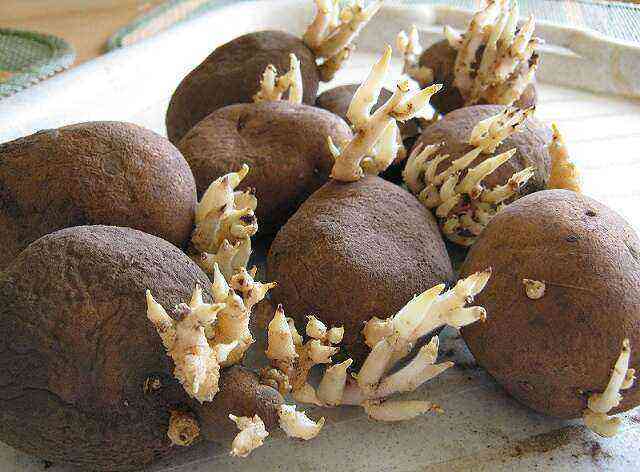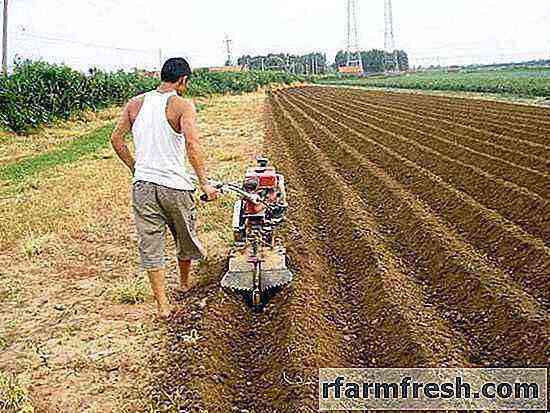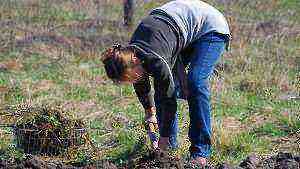Potato tubers need air and moisture for normal development. But as soon as the rain passes, the dried beds become covered with a crust, which should be broken so that the tubers in the soil can breathe. No matter how time-consuming inter-row processing of potatoes, you cannot do without it.
This operation is necessary to:
- loosen soil compacted due to precipitation;
- weed out weeds that consume nutrients intended for potatoes and interfere with their growth;
- hilling bushes to protect them from return frosts, droughts, and partly from pests. After hilling, both the tops and the root system grow much more intensively.
Methods and terms of inter-row processing
To save time and effort, it makes sense to combine weeding of beds with hilling. Then during the season only 2 inter-row treatments will be needed:
- when the first shoots appear and grow up to 10 cm;
- 2-3 weeks after the first hilling, when the height of the shoots is 20-30 cm (depending on the variety).
Sometimes, due to weather conditions, it is necessary to huddle potato bushes not 2, but 3-4 times. If the weather is warm and rainy, more weeding is required.
Manual inter-row processing
It is advisable to weed out weeds and huddle potatoes by hand only if the area of the plot allocated for cultivation is not more than 1-2 acres. Then an ordinary hoe is enough for hilling.
But even the most common hand-held cultivator for inter-row cultivation of potatoes greatly facilitates the work of the gardener. In our unpredictable climate, such adaptation can save crops. For example, if weather forecasters predict hail or recurrent frosts, the best way out is to huddle the potatoes so that only the tips of the upper leaves are visible above the surface of the ridges.
With the help of a simple hand-held cultivator, work can be done in 1-2 hours, which, when using a hoe, takes a whole day. A hand cultivator is a bicycle-like wheel to which a hiller plow is attached. The device is led in the center of the row spacing, and the hiller’s wings form ridges on both sides. At the same time, although the employee makes efforts, his back is in one position, it is not necessary to bend and unbend all the time.
Mechanized weeding of potatoes
For the processing of large plantations, cultivators and walk-behind tractors on gasoline engines, heavy walk-behind tractors running on diesel fuel are used. There is a rule: the lighter the soil, the lighter the technique used should be. So, for sandy loam and sod-podzolic soils, a walk-behind tractor weighing 50–70 kg is sufficient, for clayey soils, equipment weighing 80–120 kg is suitable, and virgin lands are cultivated with units weighing up to 150 kg equipped with a diesel engine. If you use too heavy machinery to cultivate light soils, over time, their fertility will significantly decrease.
An example of a hiller for a walk-behind tractor for potatoes
If the planting material has not been properly germinated beforehand, the seedlings have to wait longer. During this time, the plantation has time to overgrow with weeds, and urgent weeding is required. If the hatched shoots are not higher than 2–4 cm, a tine harrow is attached to the walk-behind tractor for inter-row cultivation of potatoes: it easily and quickly removes young weeds without harming the tops of the potatoes.
Weed taller bushes with hillers-milling cutters conveniently hung on the walk-behind tractor. They loosen the soil well, saturating it with oxygen, and pulling out weeds from the root. If you treat the area with cutters in the morning, then the weeds pulled out will wither during the day.
Combining hilling with weeding
For hilling potatoes on large plantations, the hiller plow can be attached to a cultivator with a gasoline engine or to a walk-behind tractor. But there is one subtlety here: it is necessary to calculate the row spacing in advance so that the use of the technique brings the greatest effect. For example, if the row spacing is 60 cm, you can use a cultivator with a lug distance (special spiked metal wheels) of approximately 36 cm.
If it is supposed to carry out hilling together with inter-row processing of potatoes with a walk-behind tractor, you need to pre-select equipment, the gearbox of which will not break fragile potato shoots during operation. Otherwise, you will either have to abandon the mechanization of hilling, or look for large diameter lugs.
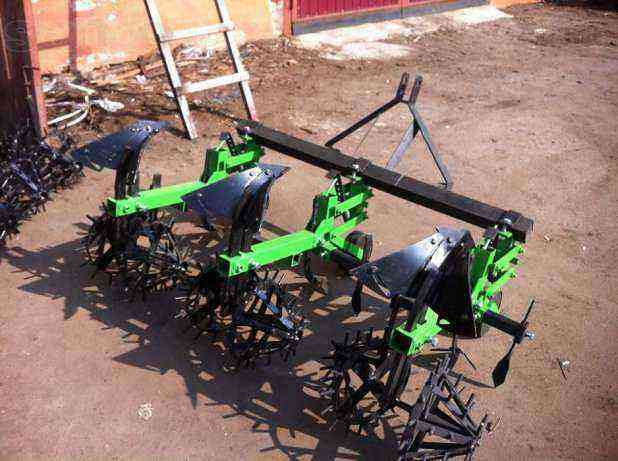
For simultaneous weeding and hilling, “hedgehogs” hillers are hung on a cultivator or walk-behind tractor. “Hedgehog” represents 2 metal cones with connected bases. Each cone consists of 3 rings of different diameters with welded metal rods. The pins loosen the soil and pull out the weeds, and thanks to the conical shape, the “hedgehog” rakes the soil from the row-spacing to the garden bed.
If the soil is already loosened (for example, with cutters), and weeding is not required, special discs are used for hilling. They are hung on the walk-behind tractor “house”, at an angle of about 60 ° to each other. The walk-behind tractor rides with wheels along the aisles, and the discs form a ridge. With the second hilling, the distance between the discs should be greater than with the first. If a third hilling is required, the distance between the discs is increased again.
If you huddle all the rows in a row, the walk-behind tractor will lead to the side, since one lug will ride on the freshly loosened soil, and the other on the compacted soil during the hilling of the previous row. To prevent this from happening, experienced gardeners first spud rows through one. Having reached the end of the field, they return, forming ridges above the rows that have not yet been hilled. Then, during the first pass, both lugs ride on soft soil, when returning – on compacted soil.
